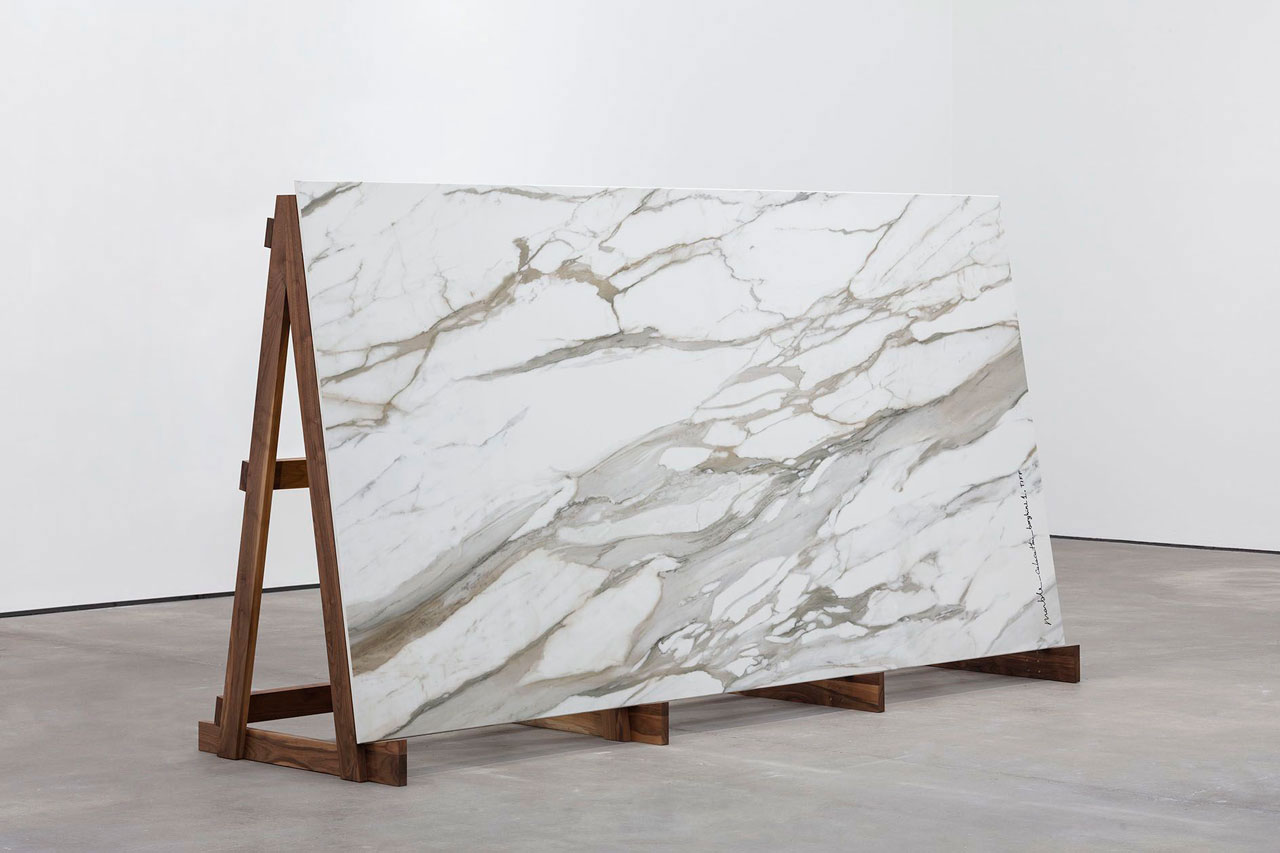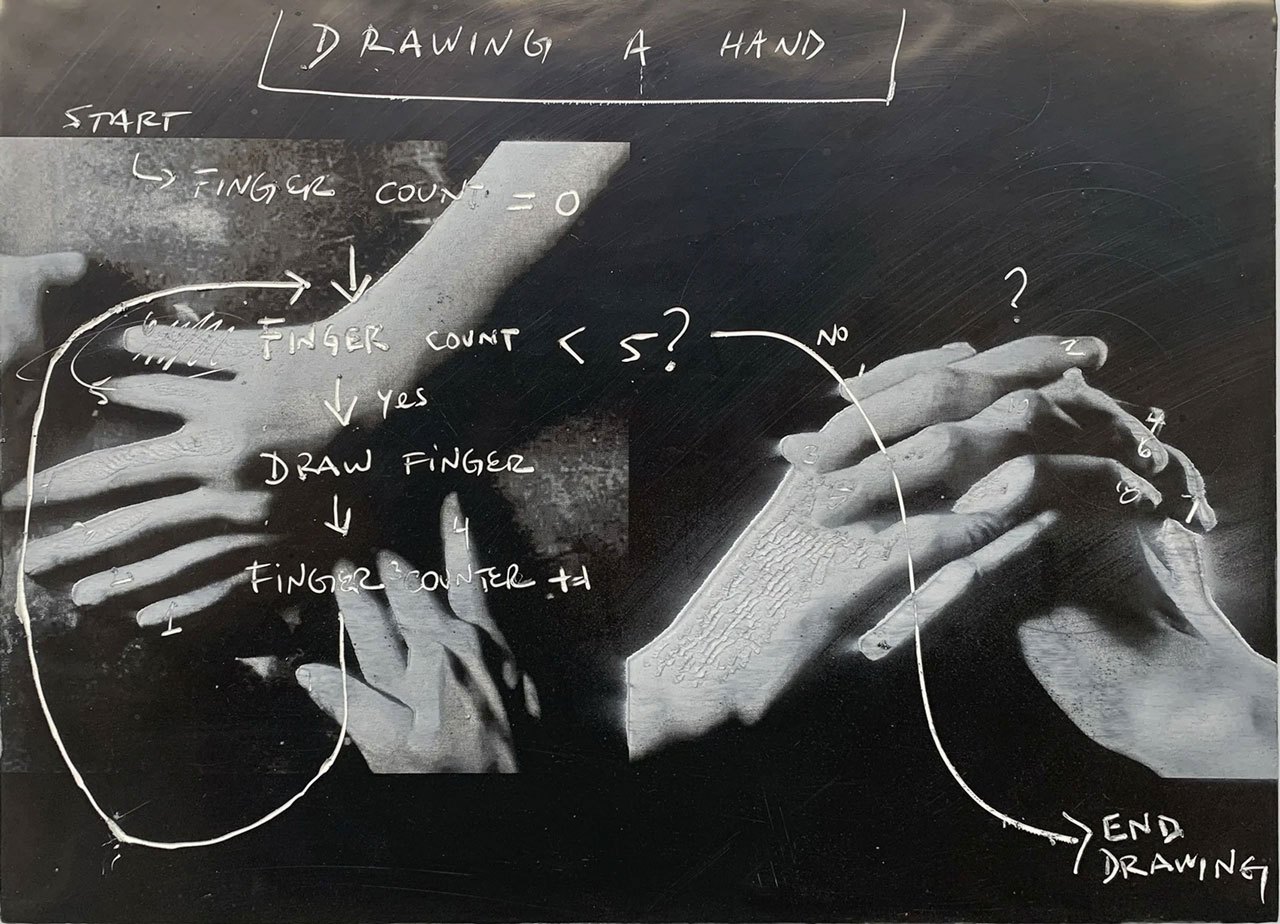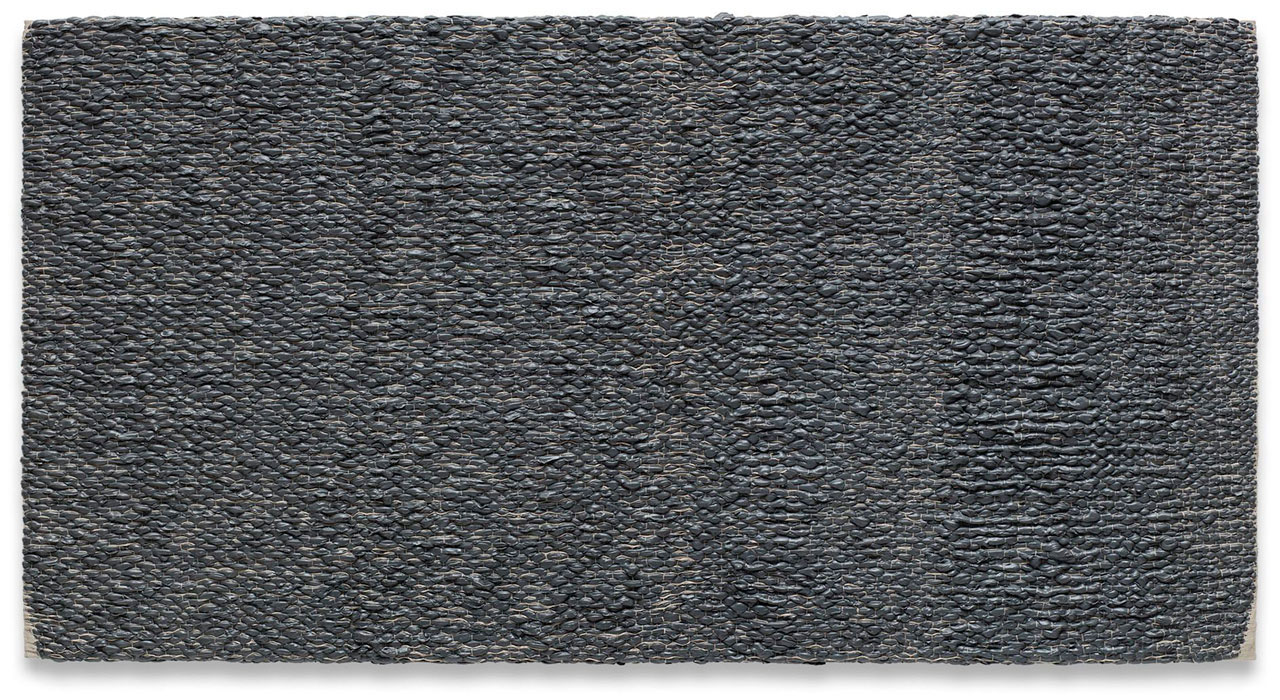ART CITIES: Los Angeles-Analia Saban
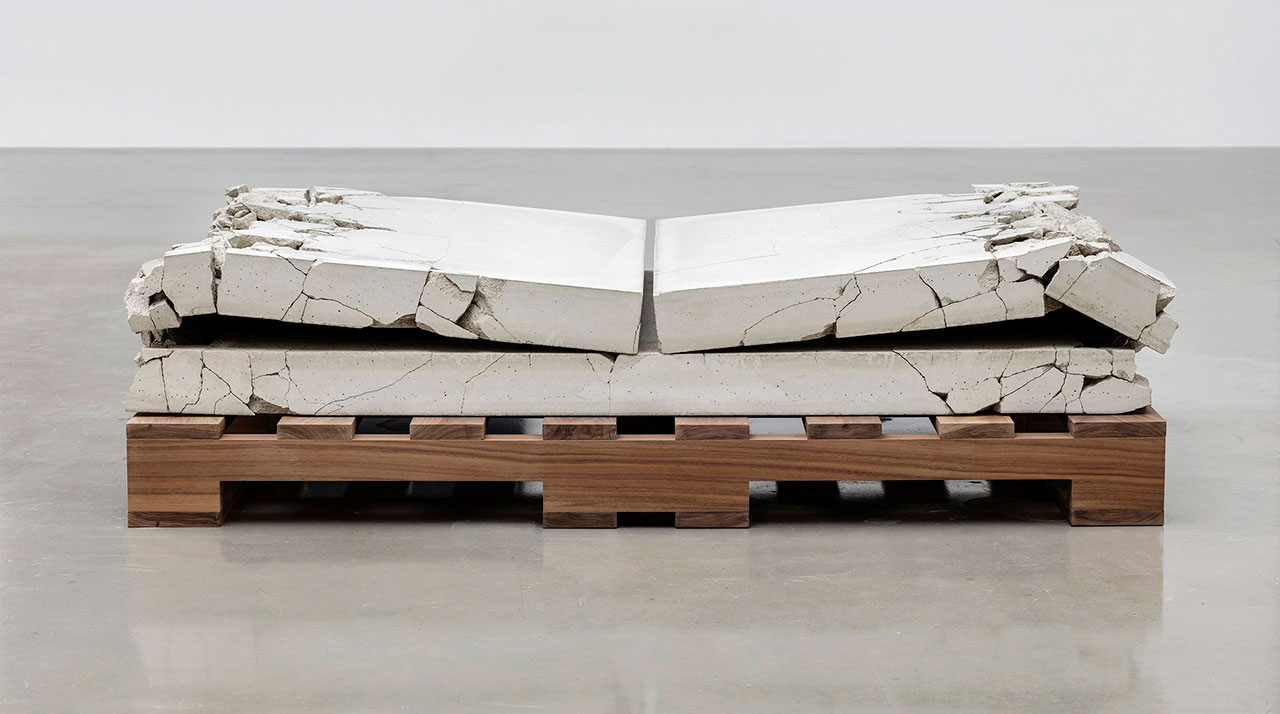 Analia Saban works across and between artistic mediums, consistently turning viewers’ expectations of what constitutes a painting or sculpture on its head. In the process, Saban’s works constitute inventive new hybrid forms that complicate these traditional categories and rewrite their definitions, while delving simultaneously into the histories of art, materials and technology.
Analia Saban works across and between artistic mediums, consistently turning viewers’ expectations of what constitutes a painting or sculpture on its head. In the process, Saban’s works constitute inventive new hybrid forms that complicate these traditional categories and rewrite their definitions, while delving simultaneously into the histories of art, materials and technology.
By Dimitris Lempesis
Photo: Tanya Bonakdar & Sprüth Magers Galleries
Analia Saban’s solo exhibition “Synthetic Self” in Los Angeles is on show in Sprüth Magers and Tanya Bonakdar Gallery. The works brought together in the exhibition extend many of the concepts in Saban’s practice over nearly two decades, including the connection between analog and digital tools and approaches, while also introducing others for the first time. At Sprüth Magers, a group of tapestries woven from copper and linen present an image that recurs throughout the exhibition: the computer fan. Saban’s tapestries have a regal quality to them, their brocade patterns shimmering and shifting as light passes over them. But their content here is far more humble, presenting racks of repeating fans, similar to those that cool the massive servers that power many aspects of contemporary life, from online shopping to cryptocurrency. Ironically, that cooling power and energy consumption contributes to the heating of the planet, and the fans’ perpetual multiplication in Saban’s new weavings emphasizes this cyclical futility in an equally ironic, yet sublime, manner. An enlarged computer fan, rendered as a marble edition on view at both exhibition spaces, adds a humorous layer to this line of inquiry—grand and elevated in its material presence, it is nonetheless an impotent object, stuck mid-spin. Meanwhile, its misspelled inscription (“rotaion”), replicated from an error on the original computer fan, functions as a lighthearted trace of globalized trade and miscommunication. “Synthetic Self” also includes a new body of work that—true to the artist’s practice—plays with and reworks traditional art media to generate unconventional objects. Beginning with a thick layer of white encaustic (a pliable paint made from beeswax and tree resin), Saban next applies a thin layer of either oil pastel or graphite; she then carves this surface by hand or using a high-tech laser-cutting machine. Four large-scale panels entitled “Flow Charts” probe what it takes to make a drawing, imagining the complex moves and decisions necessary to render a landscape or portrait in a particular way—and how one teaches a machine to do the same. In their breakdown of the creative process, the works’ hand-drawn texts, arrows and diagrams explore an in-between space between human and computer, contemplating what lies ahead at this pivotal era of AI generation and metaverses, particularly for human creativity. A parallel group of encaustic-based works feature an array of vignettes, landscapes and portraits that are etched by the laser cutter onto each shiny encaustic-and-graphite surface. These works reveal a dynamic running throughout the exhibition, which contrasts the codes, numbers and technological advancements of computers/AI with the simple, primary nature of the materials Saban uses to create them: linen, copper, stone, wax, graphite, wood, oil. Viewers soon realize that the imagery on these figurative panels is riddled with errors—extra fingers, altered facial features, upside-down elements, repeating forms—which mimic AI glitches. Several include a grid overlay that invokes pixilation and references the way in which the world is so frequently mediated by screens and dots-per-inch. The specter of the fan returns in a suite of new works on view at Tanya Bonakdar Gallery, in which rows of fans, as well as a series of historical computer graphics cards, appear on sheets of paper and wood veneers. Carved with the same digital laser-cutting machine, these electronic forms have remnants of burnt cotton and cellulose fibers at their edges. A group of panel-based works effects a different kind of juxtaposition: atop the natural textures of ash burl appear the angular geometries of computer circuits, rendered in thick printer’s ink. The swirls of the wood grain evoke smoke, and the tactile quality of the ink— black and tarlike—recalls the stickiness of petrol. Like other works in Synthetic Self, what is natural and manmade, extracted and manufactured, is inextricably entwined. Computer parts are also physically present in the exhibition. In her “Motherboard” works, Saban reclaims the internal components of computers—those which once ran a machine and contained its data—covers them in a layer of printer’s ink, and bounds them in walnut frames that dutifully follow their idiosyncratic edges. No longer functional, these inert objects nonetheless retain the aura of their previous existence, like totems of an only-just-bygone era. Across its series and locations, the exhibition taps into the trappings of our particular moment, in which developing systems of thought, computation and creation are ushering in both new horizons and new anxieties over the power of artificial intelligence and the environmental results of human industry alike. Rather than offering any judgments or forecasts, Saban instead winds these numerous threads together, proposing hybrid forms, materials and frameworks through which to consider these concerns—with depth as well as levity.
Photo: Analia Saban, Folded Concrete (Gate Fold), 2017, Concrete on walnut pallet, 33 x 127 x 94 cm, 13 x 50 x 37 inches, © Analia Saban, courtesy the artist and Sprüth Magers Gallery
Info: Tanya Bonakdar Gallery, 1010 N Highland Ave, Los Angeles, CA, USA, Duration: 14/9-28/10/2023, Days & Hours: Tue-Sat 10:00-18:00, www.tanyabonakdargallery.com/ & Sprüth Magers Gallery, 5900 Wilshire Boulevard, Los Angeles, CA, USA, Duration: 14/9-28/10/2023, Days & Hours: Tue-Sat 10:00-1&:00, https://spruethmagers.com/

Right: Analia Saban, ATI Radeon HD 5970, AMD, 2009, African Mahogany, 2023, Laser sculpted african mahogany wood, 96 3/4 x 35 1/4 x 1 3/4 inches; 245.7 x 89.5 x 4.4 cm (framed), © Analia Saban, courtesy the artist, Tanya Bonakdar Gallery and Sprüth Magers Gallery

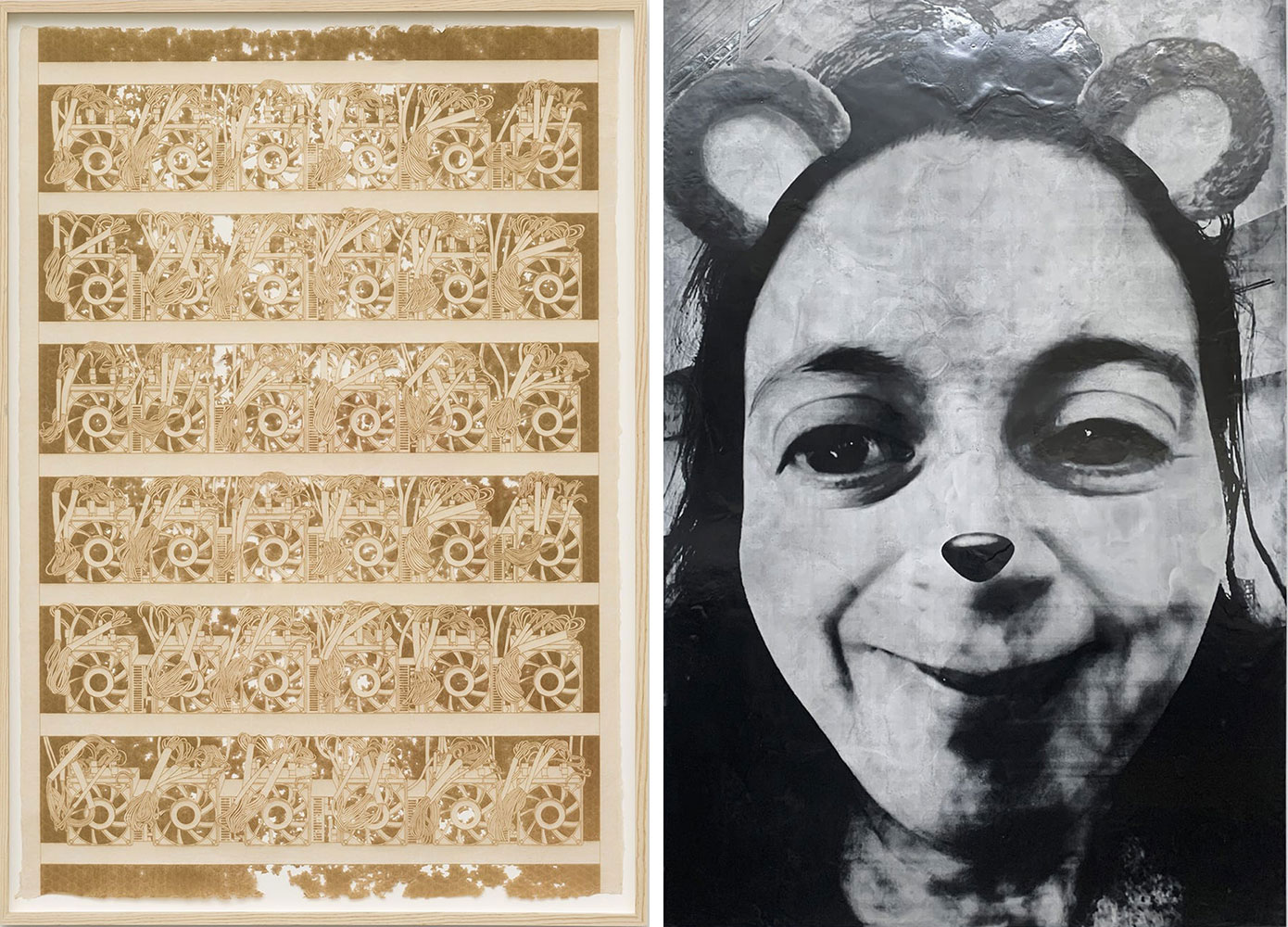
Right: Analia Saban, Prompt Drawing: Selfie, 2023, Graphite on encaustic paint on panel, 73 x 48 x 2 inches 185.4 x 121.9 x 5.1cm, © Analia Saban, courtesy the artist, Tanya Bonakdar Gallery and Sprüth Magers Gallery

